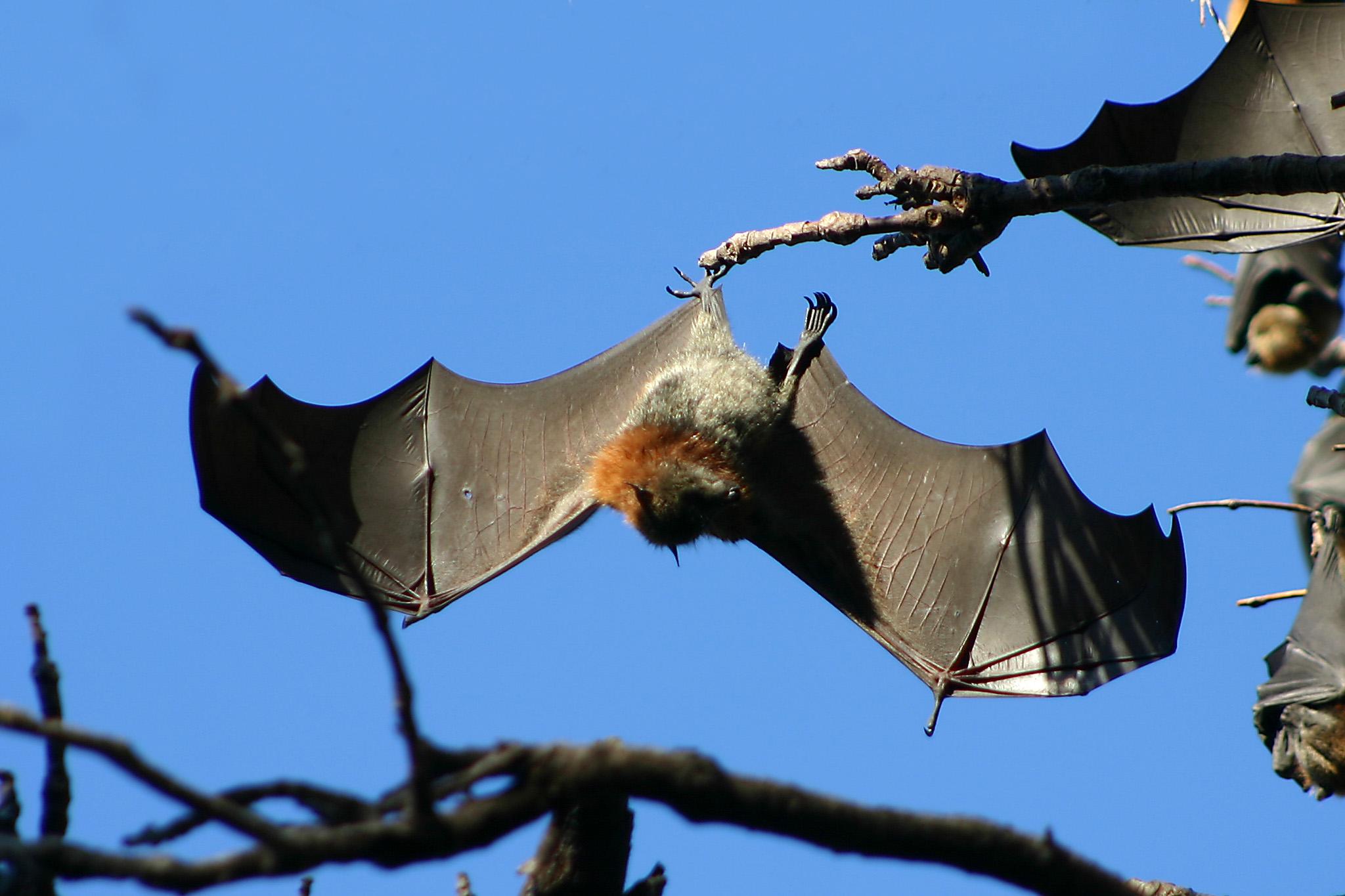A recent video that has gone viral on Facebook shows anywhere from an estimated hundreds to thousands of grey-headed flying foxes dying as a result of a heat wave in Australia, and says that temperatures reached 113 degrees Fahrenheit in some places of the country. The information in the video is supported by similar incidents throughout Australia from various news sources, including the Huffington Post, ABC News Australia and NBC News.
Australia’s largest bat species is vulnerable to endangerment, and the increasing frequency, duration and intensity of heat waves because of climate change means that more will likely die.
Around the same time as the video shown, a heat wave in New South Wales killed an estimated 2,000 bats of the same species, and it’s reported that more than 700 were found dead in the Upper Hunter town of Singleton, where temperatures were said to have reached 116.6 degrees Fahrenheit. Such a large number of dead animals also poses risks to human health, as Australian bats can carry lyssavirus (rabies), and residents of these areas have to deal with the smell from the dead bats.
The scientific community currently lacks consistent estimates on how climate change will affect the current rates of extinction that we are seeing in animal species all over the world. A 2015 peer-reviewed Science Magazine article on accelerating extinction risk from climate change states that some predictions estimate that as many as 54 percent of species could become extinct as a result of climate change.
Most studies suggest that extinction risks are the highest in regions like South America, New Zealand and Australia, which is where the video showed the flying foxes affected by the recent heat waves.
In the United States, NASA’s website shows data that suggests worsening heat waves are putting songbirds at risk of massive die-offs in the deserts of the Southwest.
The National Wildlife Federation’s website describes how the American pika, a cousin of the rabbit, has already disappeared from one-third of its natural habitat on the mountain peaks of Oregon and Nevada due to rising global temperatures. Pika are adapted to cooler alpine climates, and they can overheat and die within just a few hours of exposure to temperatures even as mild as 78 degrees Fahrenheit.
The National Wildlife Federation also says that global warming is affecting American waterfowls’ migration cycles and food sources. Models of future drought conditions in the Prairie Pothole region mean that duck breeding in that area could decrease by as much as 69 percent. This would include mallards, gadwall, blue-winged teal, northern pintails, canvasbacks, redheads and ruddy ducks, all of which are common species for duck hunting.
The threat of extinction that these and other animal species face also poses risks to humans. A decrease in biodiversity could mean major changes in the food chain and medicine supply that we currently depend upon. Ecosystems have already been affected under the current rate of climate change, and these negative effects are only expected to grow under future projections.


